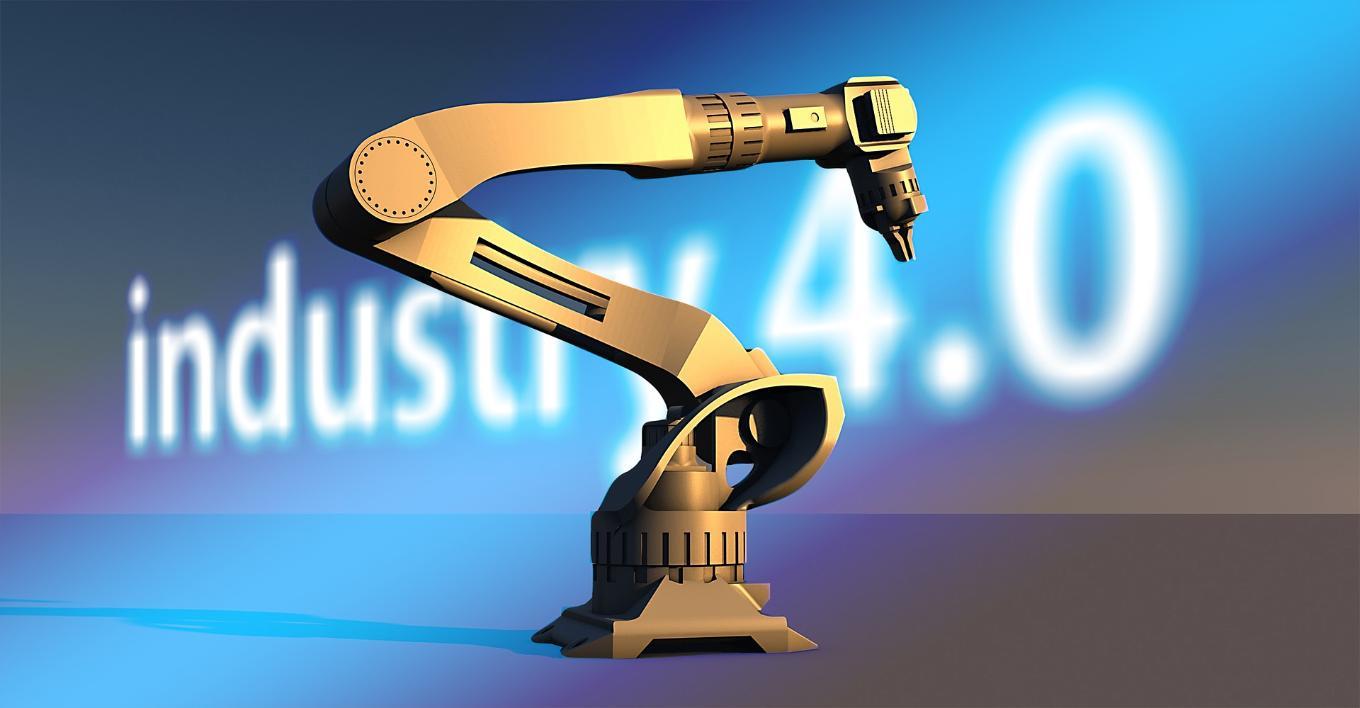- CIRTL Homepage
- Meet our Team
- Resources
- Short Guides
- Short Guide 1: Starting Well
- Short Guide 2: Scaffolding Learning
- Short Guide 3: Icebreakers
- Short Guide 5: Discussions for Online Learning
- Short Guide 4: Visualising Thinking
- Short Guide 6: Universal Design for Learning
- Short Guide 7: Group Work
- Short Guide 8: Reimagining Practicals
- Short Guide 9: Assessment in the Age of AI
- Universal Design for Learning
- CIRTL Series
- Sustainable Development Goals Toolkit
- Learning Design Workshops
- Connected Curriculum
- Group Work
- Civic Engagement Toolkit
- Learning Outcomes
- DigiEd Reading List
- Ethical Use of GenAI Toolkit
- Short Guides
- Professional Development
- Research your Teaching
- Projects
- Events
- Office of the Vice President for Learning & Teaching
Linking Origami Art in Robotics Education
Linking Origami Art in Robotics Education

Explore this page
Project Lead
Guangbo Hao, School of Engineering and Architecture
The Teaching Challenge
Robotics has become one of the hottest topics in research and industry, especially in the context of artificial intelligence and industry 4.0, which requires university for responsible education. Teaching robotics (such as Advanced Robotics module in UCC) contributes to the core-learning outcome of several Engineering degrees. Robots typically consist of rigid links connected by kinematic joints such as revolute joints (hinges) and prismatic joints. There are two main tasks in robotics: Analysis and Design, which both require solid knowledge in mathematics and mechanics. An efficient way to help students master robotics knowledge is through a lab-based design project, where students can observe a physical motion on a robot prototype, and play with and analyze the motion toward designing a new robot for purposeful applications. However, there is a great challenge in running the lab-based design project in an engineering class due to the limitation in learning space and cost even without mentioning health and safety issues. Therefore, there needs a new exciting, inexpensive and quick method to simultaneously sketch and make working articulated models. This is an immediate need during this pandemic.
The Project
This project researched origami as a materials led tool for robotics module education that can link art into engineering. Using Origami, we can enable a robotic analysis intuitively and inspire a new robot design. This is an efficient way to help students master robotics knowledge without the implementation issue in space and cost, which can also greatly inspire students’ interest in a new learning space. The Origami-led course design involves a lecturer team composed of an Origami artist and a Mechanical Engineer. It includes three parts: Part I is the introduction and theory of Origami as well as engineering application and the kinematic mapping between Robotics and Origami; Part II is the intensive hands-on training of Origami folding, requiring students to complete assigned tasks individually and in a team, which was held in National Sculpture Factory; and Part III is an Origami-based project as continuous assessment in the Advanced Robotics module. A direct experience-led approach forms the basis of this module where the behavior of complex rigid Origami surfaces cannot easily be predicted in Part I. By introducing a number of rigid Origami crease patterns in Part II these can then be practically applied by the students to a broad range of design applications, allowing them to explore their new ideas independently and intuitively in Part III that has yielded publishable technical results from students (Hao & Pentek, 2021; Liang & Hao et al 2021).
The Impact
Four papers resulted from the project with one technical paper resulted from the individual CA work and three education related papers. Paper details can be accessed here: https://drive.google.com/file/d/1H-XBdKr-vg10Hq5NCzbfmP0L4GNbVVeo/view?usp=sharing
In addition, very positive and encouraging comments received from trainees/students. Students have greatly commended the Origami-led course that has changed their way in thinking about Origami and Robotic as well as stimulating new robot designs. Comments can be seen in the paper (Hao & Pentek, 2021) by accessing the above link.
The impacts from the project include the following:
- Change the learning and teaching landscape in UCC by using a new pedagogical approach (materials led tool teaching tool: Origami) as demonstrated in teaching a robotics class. The method has been also adopted in the Makerspace project that inform a hands-on workshop designed to inspire UCC academics across disciplines to engage in the process of origami and to use this as a vehicle through which to reflect on their own teaching. This project responds to UCC’s strategic goals in learning and teaching: 1.2. Invigorate and Innovate our Programme Offerings to Enhance Learning.
- Promote students’ Creativity in Design. We have successfully demonstrated how Origami creativity can inform Robotics education. Origami can be easily implemented by handcrafting creases from a piece of paper and allows an effective materials-led design process of discovery for the student. While the discipline of origami uses humble materials such as paper, it is by no means simplistic but creative.
- Promote the interdisciplinary collaboration between two academic faculty members from a teaching and learning centre (Supple and O’Neill), an artist (Pentek) and a senior lecturer in engineering (Hao). This project promote the holistic development of staff through research‐based, collaborative enquiry, and mixing different areas of knowledge and expertise, which responds to UCC’s strategic goals in learning and teaching: 1.1. Unique, Individualised and Connected Learning
- Promote students’ Playfulness and Innovation in Design, and recognise the Value of Art in Engineering Programmes.
For more information
PLease visit http://publish.ucc.ie/researchprofiles/D013/ghao to view Guangbo Hao's research profile.
Media
A Twisting Origami robot resulted from the course part III: continuous assessment
